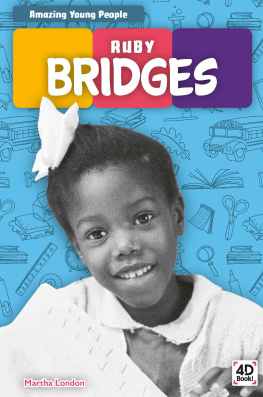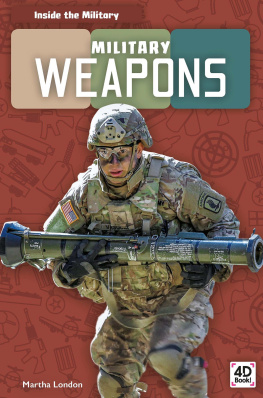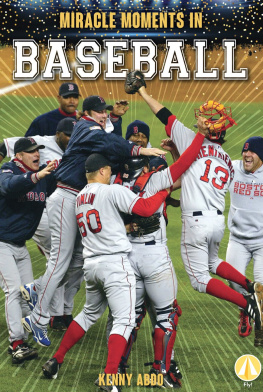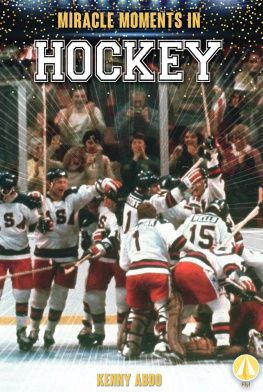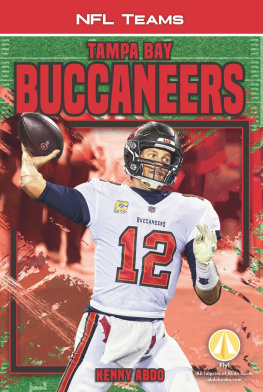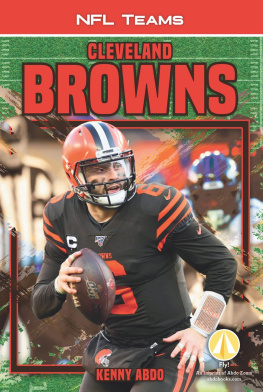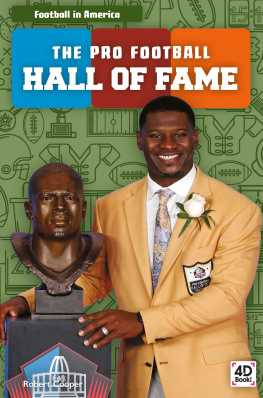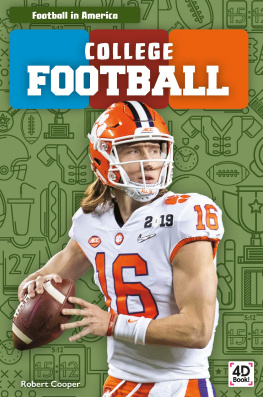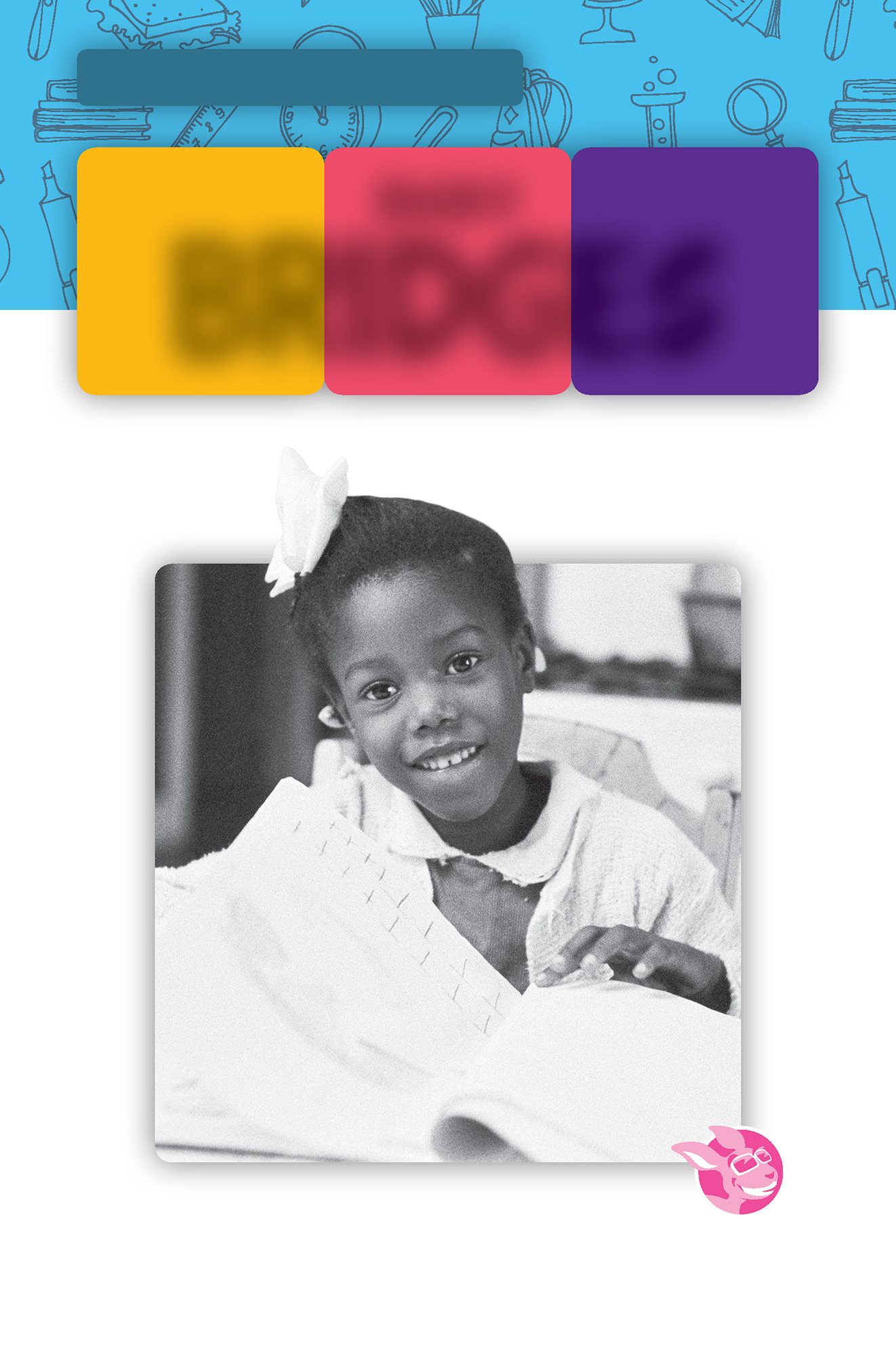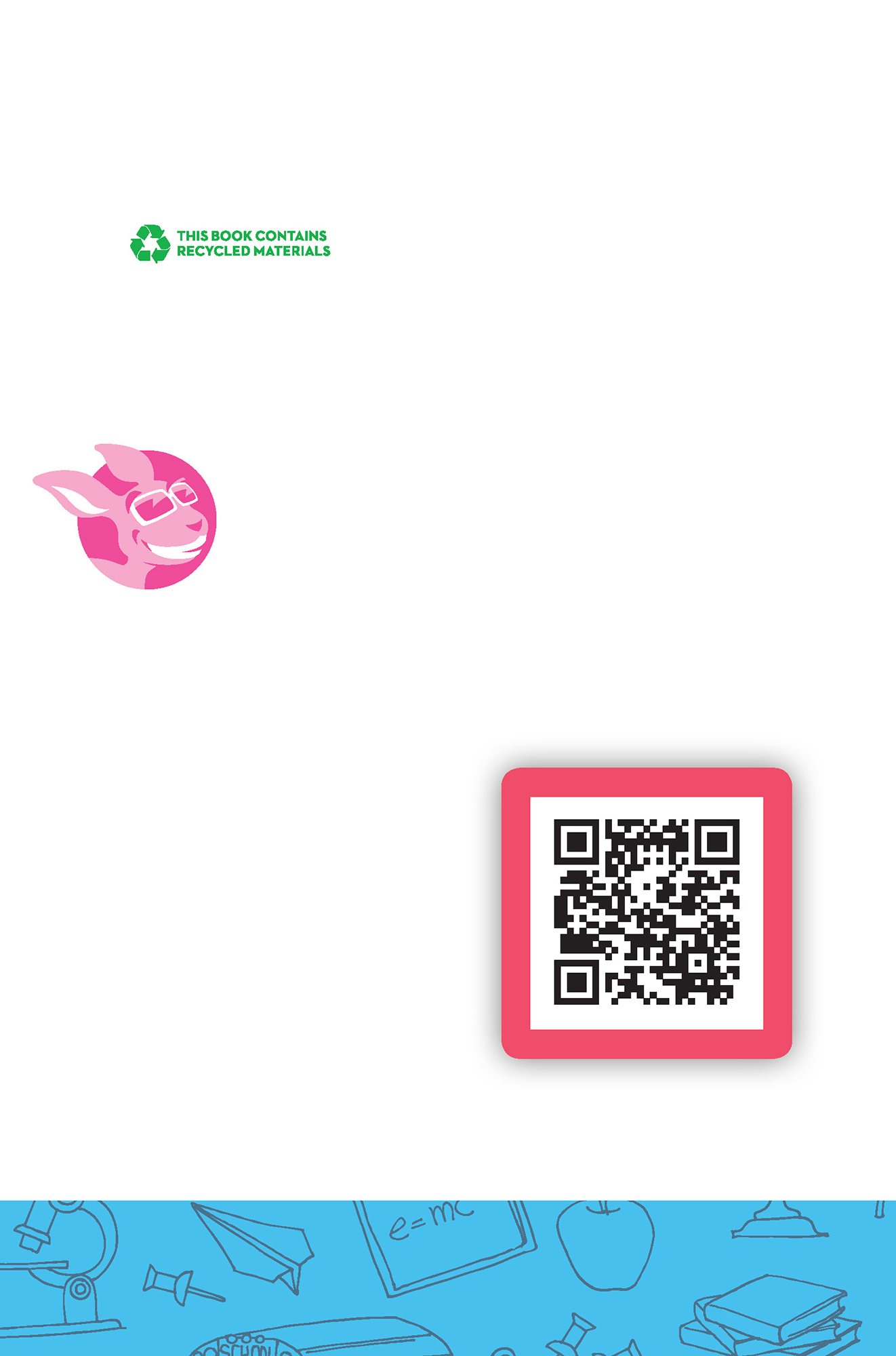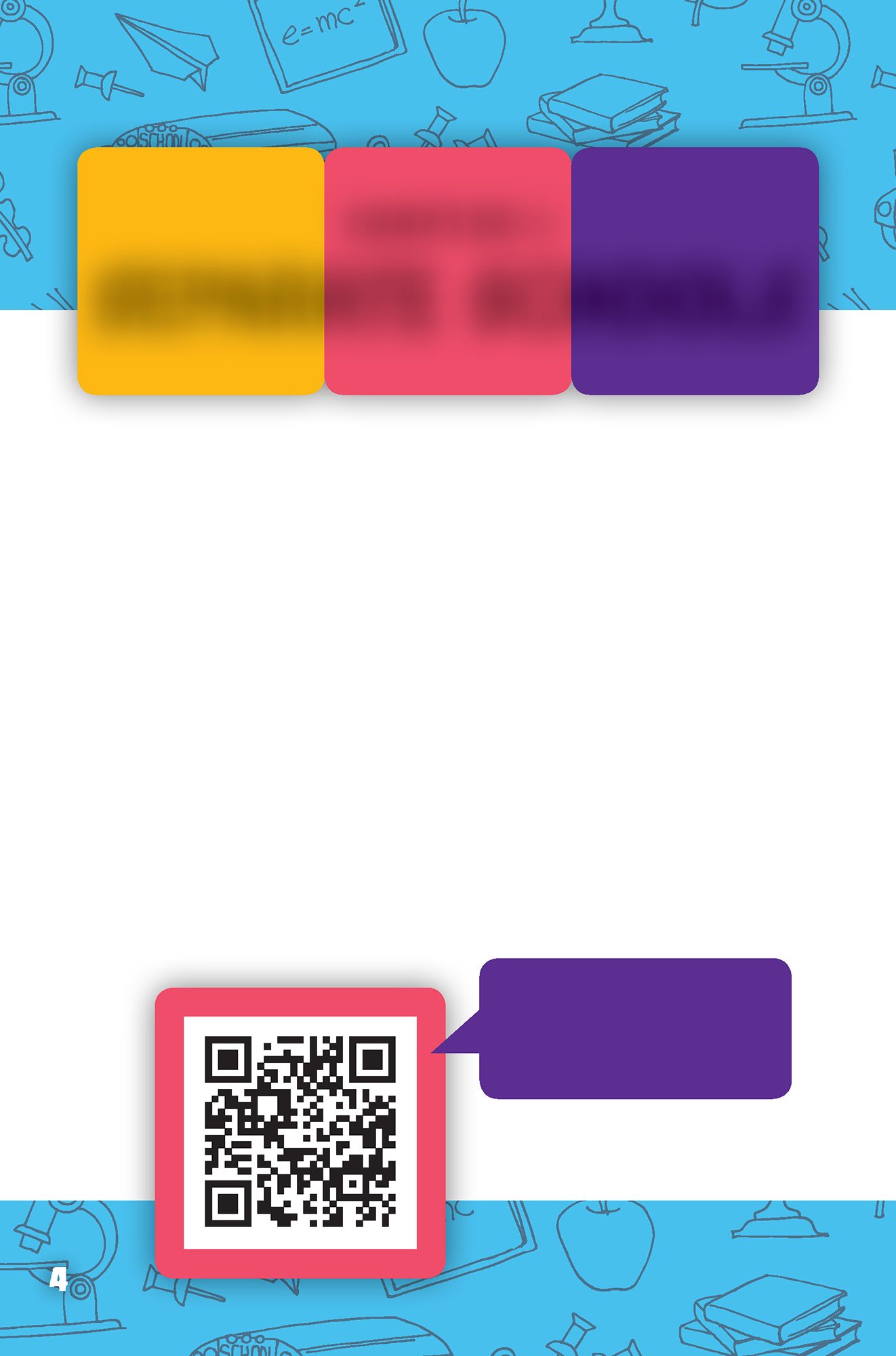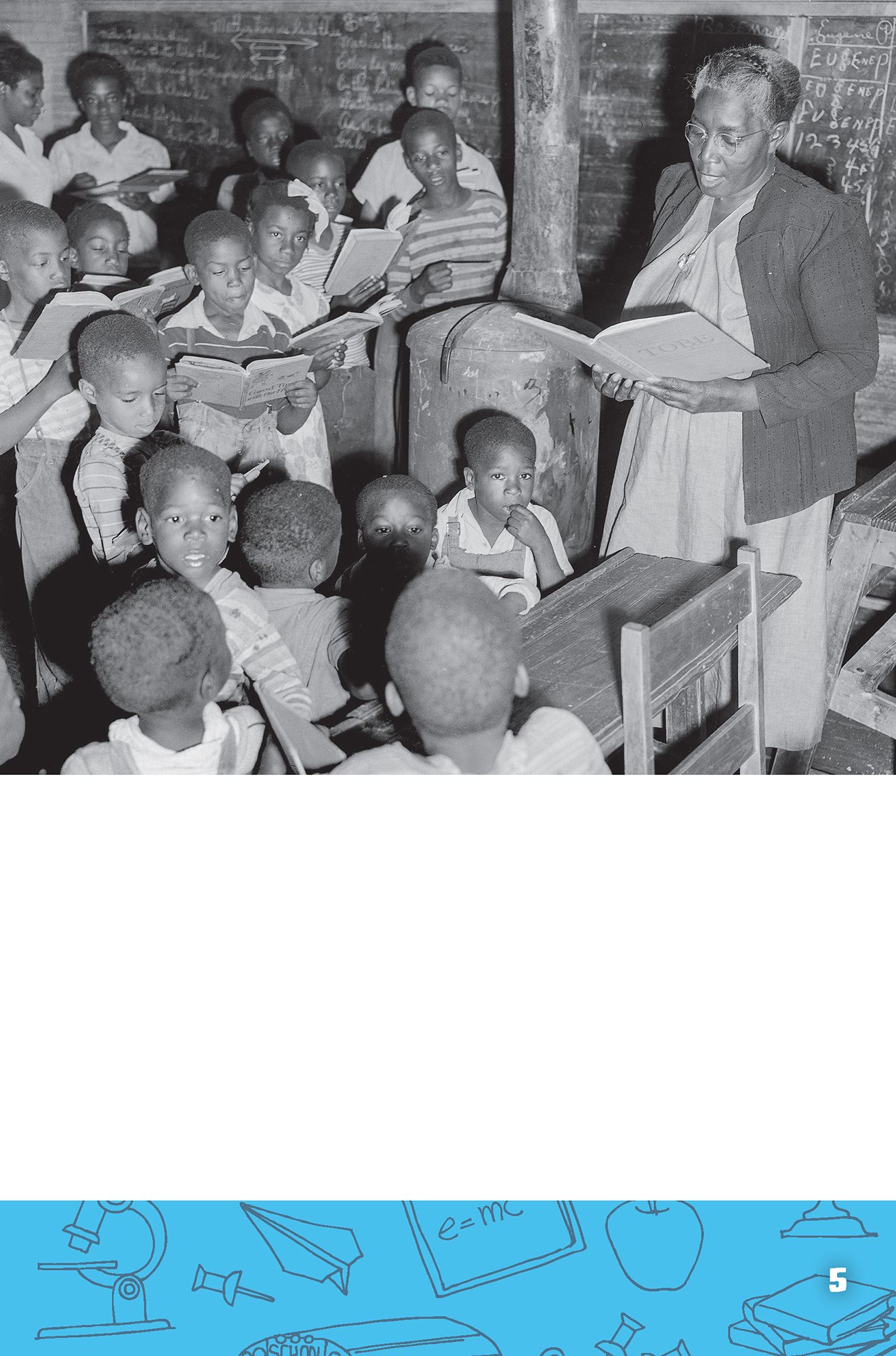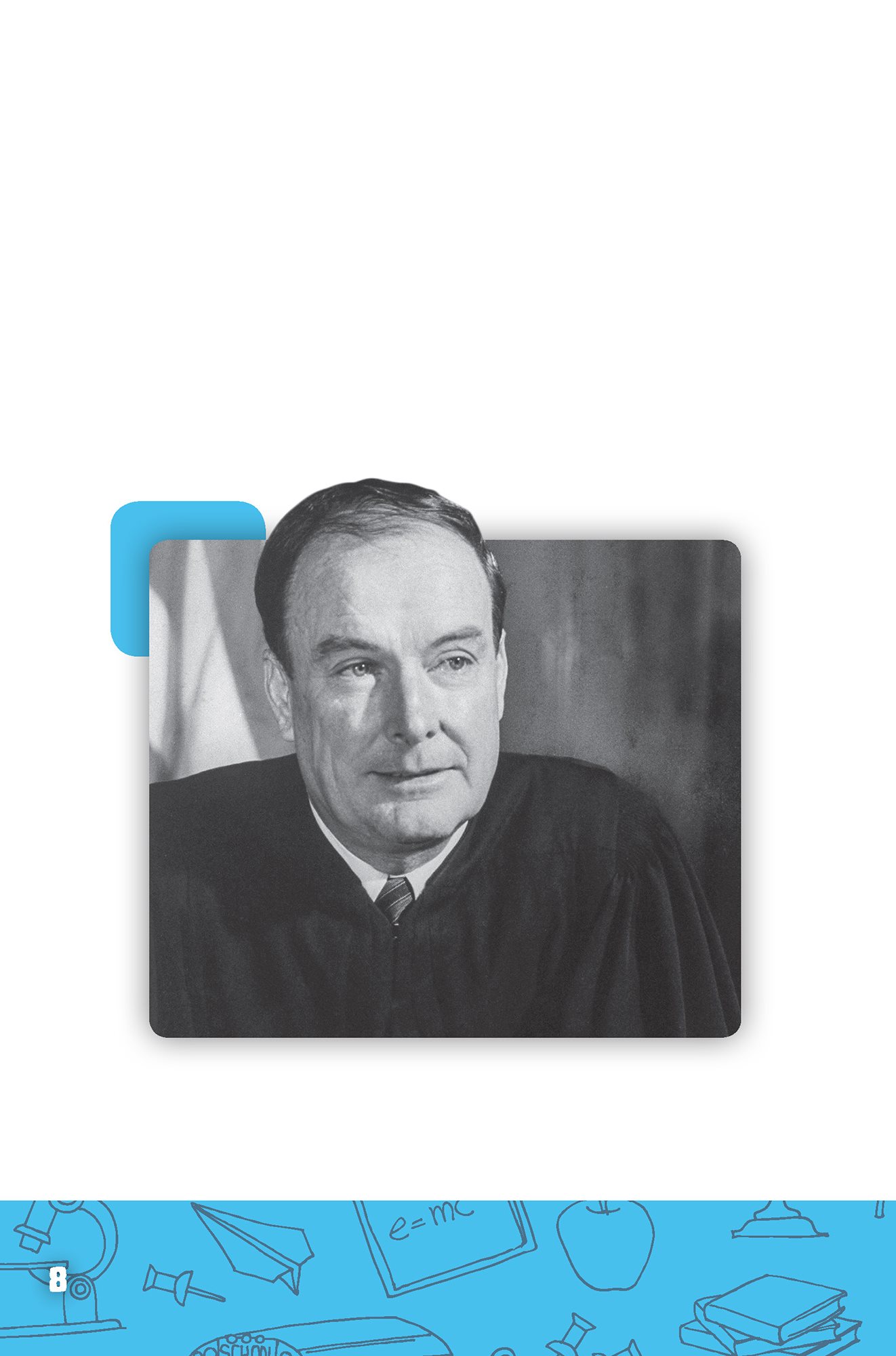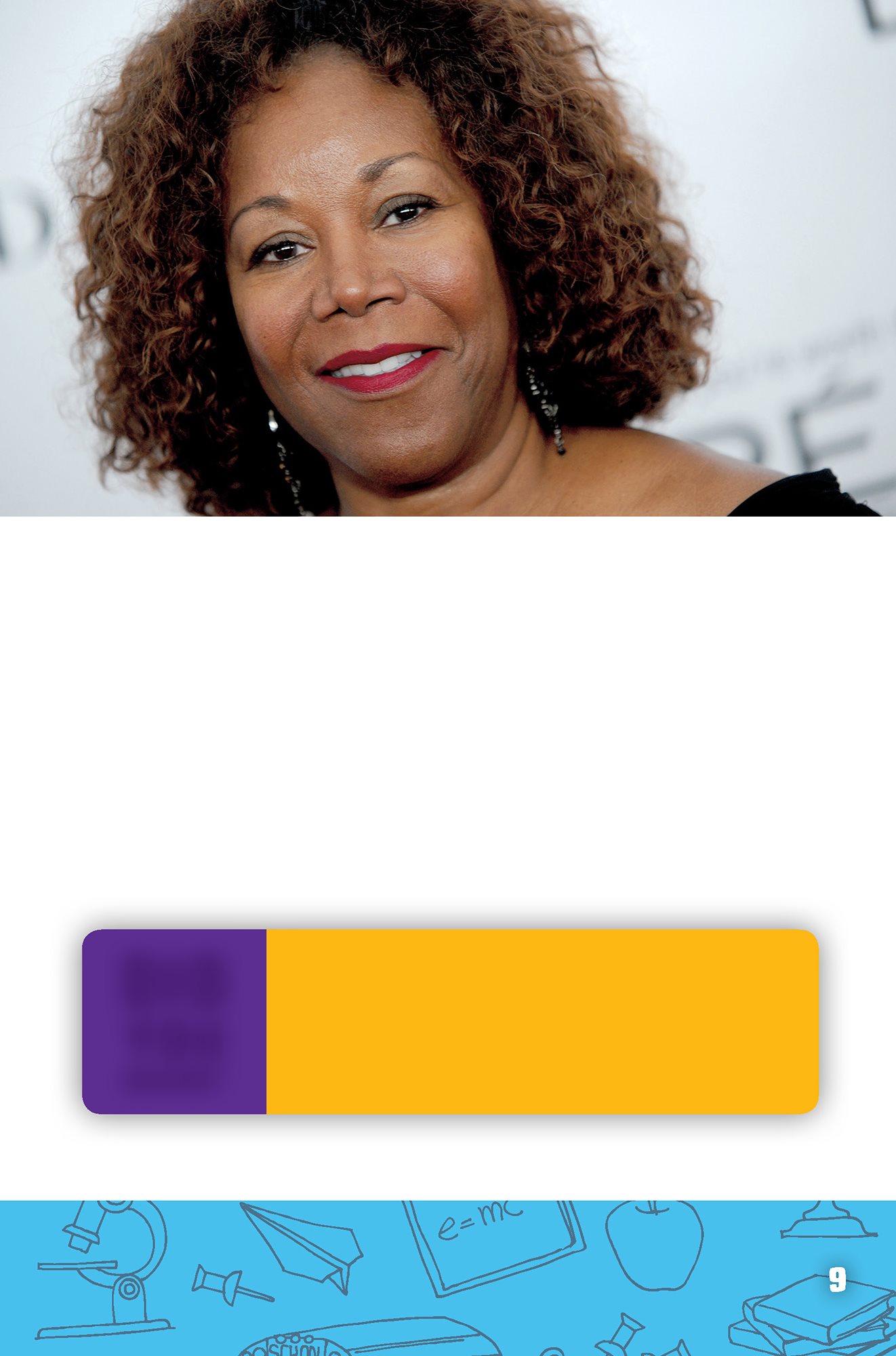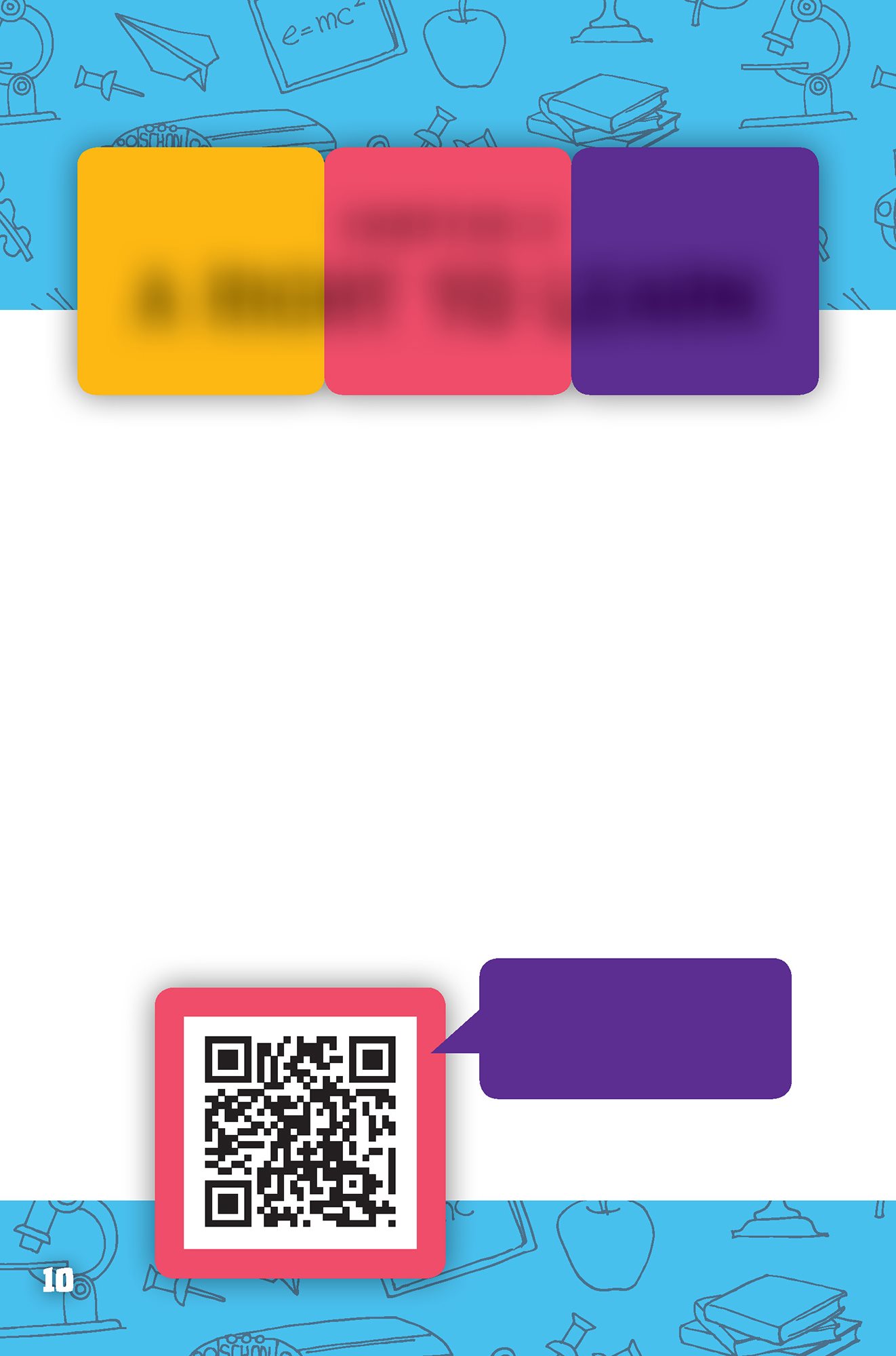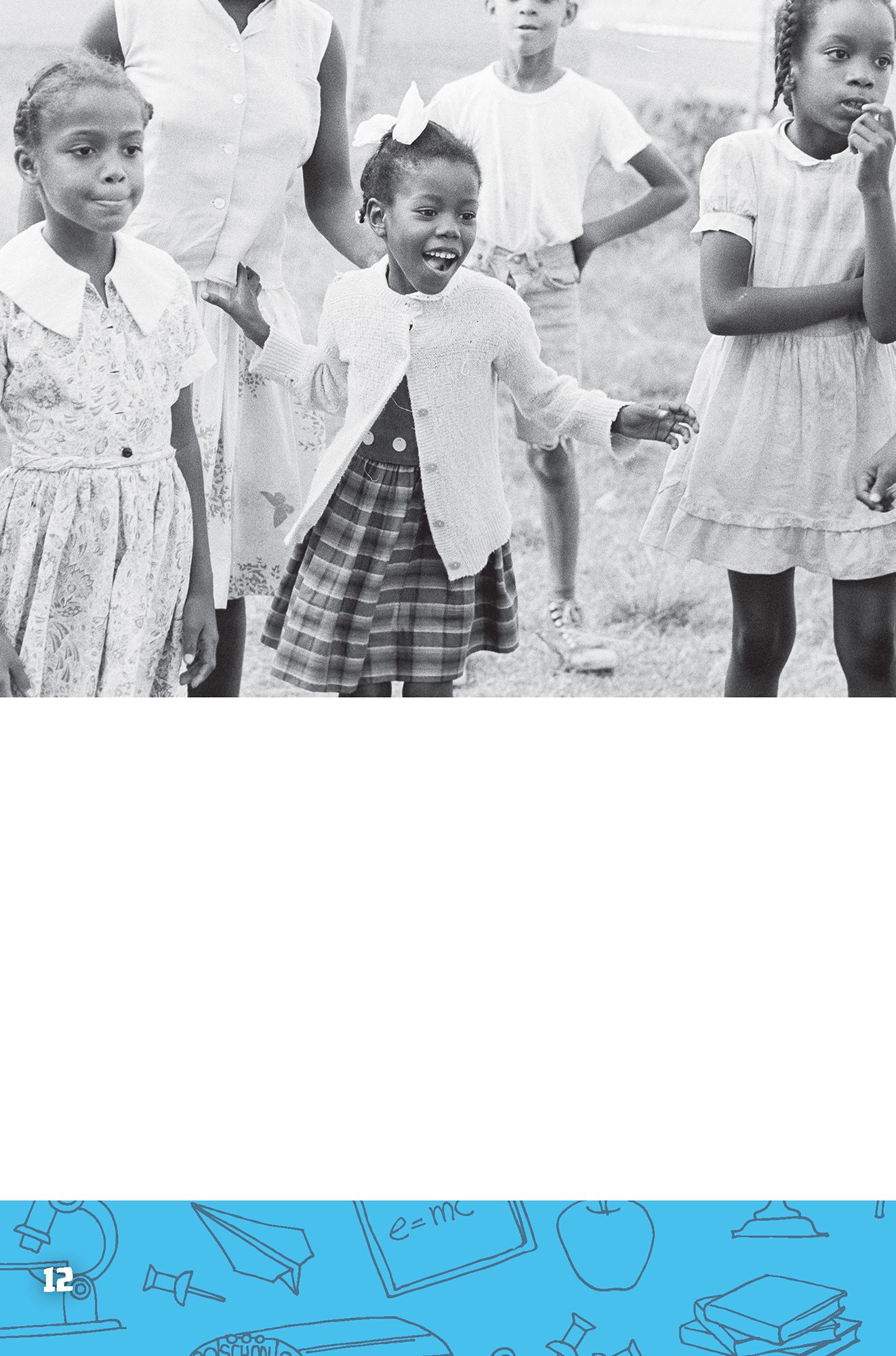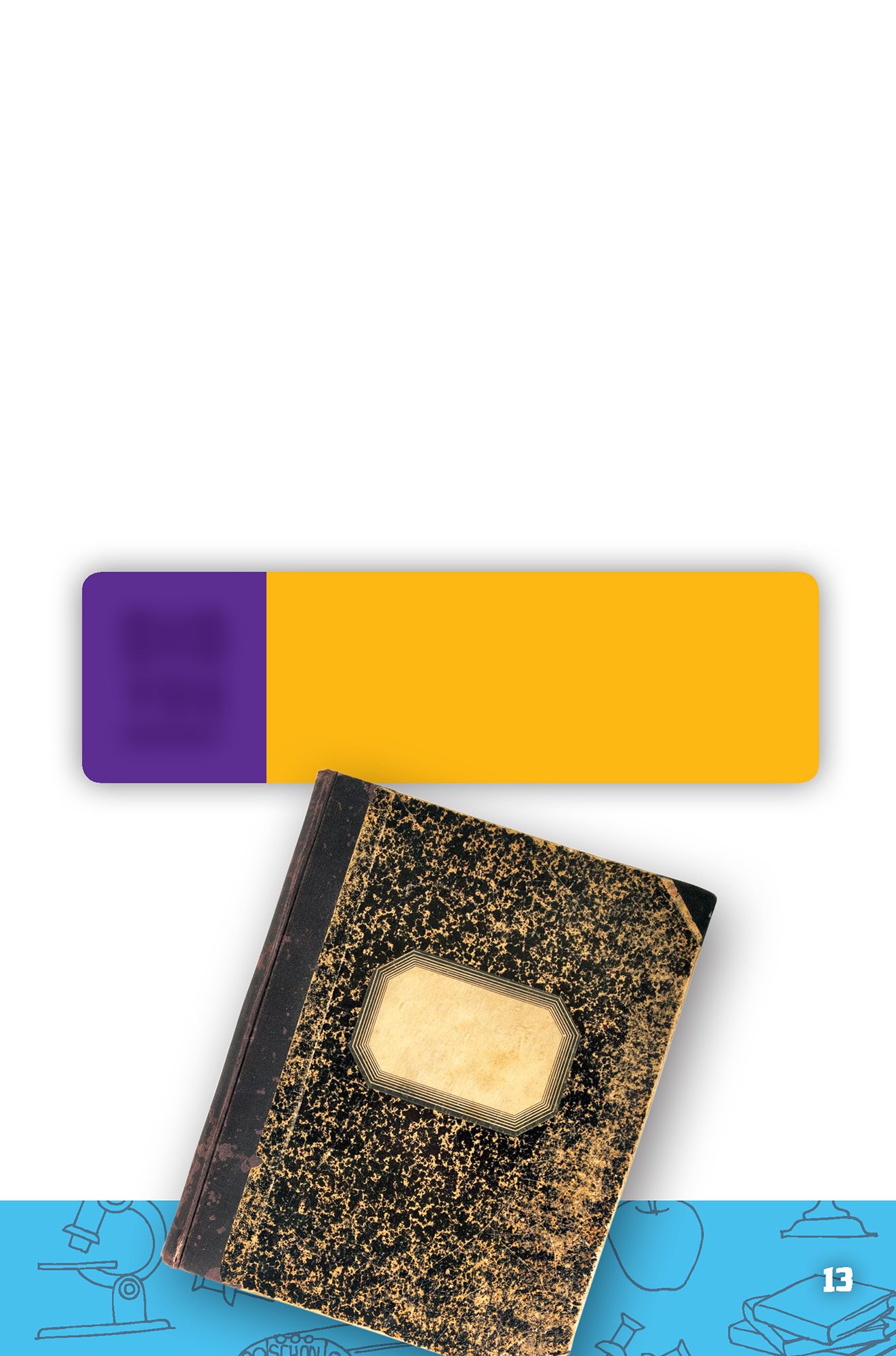Guide
Page List
Amazing Young People RUBY BRIDGES Martha London DiscoverRoo An Imprint of Pop!
popbooksonline.com
abdobooks.com Published by Pop!, a division of ABDO, PO Box 398166,
Minneapolis, Minnesota 55439. Copyright 2020 by POP,
LLC. International copyrights reserved in all countries. No
part of this book may be reproduced in any form without
written permission from the publisher. Pop! is a trademark
and logo of POP, LLC. Printed in the United States of America, North Mankato,
Minnesota 052019
092019 Cover Photo: Paul Slade/Paris Match Archive/Getty Images Interior Photos: Paul Slade/Paris Match Archive/Getty
Images, 1, 11, 12, 15; AP Images, 5, 14, 17, 21, 22 (right), 25;
iStockphoto, 6, 13, 20, 23 (bottom), 29, 30, 31; Red Line
Editorial, 7; Don Cravens/The LIFE Images Collection/Getty
Images, 8; Dennis Van Tine/Abaca/Abacapress.com/Newscom,
9; PA/AP Images, 18; Lane Turner/The Boston Globe/Getty
Images, 19; Shutterstock Images, 22 (left); Suzanne Plunkett/
AP Images, 23 (top); Album/Fine Art Images/Newscom, 2627;
Tina Fineberg/AP Images, 28 Editor: Brienna Rossiter
Series Designer: Sarah Taplin Library of Congress Control Number: 2018964788 Publishers Cataloging-in-Publication Data Names: London, Martha, author.
Title: Ruby Bridges / by Martha London. Description: Minneapolis, Minnesota : Pop!, 2020 | Series:
Amazing young people | Includes online resources and
index. Identifiers: ISBN 9781532163692 (lib. bdg.) | ISBN
9781644940426 (pbk.) | ISBN 9781532165139 (ebook) Subjects: LCSH: Bridges, Ruby--Juvenile literature. | Civil
rights activists--Biography--Juvenile literature. |
Desegregation--Juvenile literature. |
Desegregation--Juvenile literature.
Classification: DDC 370.193 [B]--dc23 WELCOME TO DiscoverRoo! Pop open this book and youll find QR codes loaded
with information, so you can learn even more! Scan this code and others
like it while you read, or visit
the website below to make
this book pop! popbooksonline.com/ruby-bridges Scanning QR codes requires a web-enabled smart device with a QR code reader app and a camera.
TABLE OF CONTENTS
CHAPTER 1 SEPARATE SCHOOLS Ruby Bridges was part of the civil
rights movement . She grew up in
Louisiana during the 1950s and 1960s.
At that time, many towns in the United
States were segregated . Laws WATCH A
VIDEO HERE!
Students attend a segregated school in Rockmart, Georgia,
in 1950. kept black people and white people
apart.
In 1954, segregation in schools
became illegal.
In 1954, segregation in schools
became illegal.
But many schools did not
follow this new rule. They continued
to accept only white students. Black
children had to go to separate schools.
These schools received less money. They
couldnt offer students as many classes
or opportunities. Many schools for black
students struggled to pay
for teachers and supplies.
In 1959, a judge said Louisiana
schools had to integrate .
In 1959, a judge said Louisiana
schools had to integrate .
The next
year, Ruby became the first black student
to attend William Frantz Elementary Unlike many judges in the South, Judge J. Skelly
Wright supported integration.
Today, Ruby continues using education to fight racism. School. She was only six years old. But
she helped black students gain equal
education.
DID YOU KNOW? Some schools closed so they
wouldnt have to accept black
students.
CHAPTER 2 A RIGHT TO LEARN Ruby Bridges was born on September 8,
1954. Her family moved to New Orleans,
Louisiana, when she was four years old.
Her parents wanted her to get a good
education. LEARN MORE
HERE!
Ruby studies with her father, Abon, and her mother, Lucille. DID YOU KNOW? Rubys father worked at a gas
station.
Ruby plays with a group of friends.
Ruby plays with a group of friends.
Ruby went to a segregated
school for kindergarten. Then, in 1960,
New Orleans created a test for black
students. If students passed, they could
go to integrated schools. The schools
hoped the students would fail. But six
black students passed, including Ruby.
She planned to attend William Frantz in
the fall. DID YOU KNOW? Three of the other students
went to a different all-white
school.
The other two stayed
at their old schools.
Some people held signs outside the school. The school tried to stop Ruby from
attending. So did many white families
whose children went there. Some
parents pulled their kids out of school.

